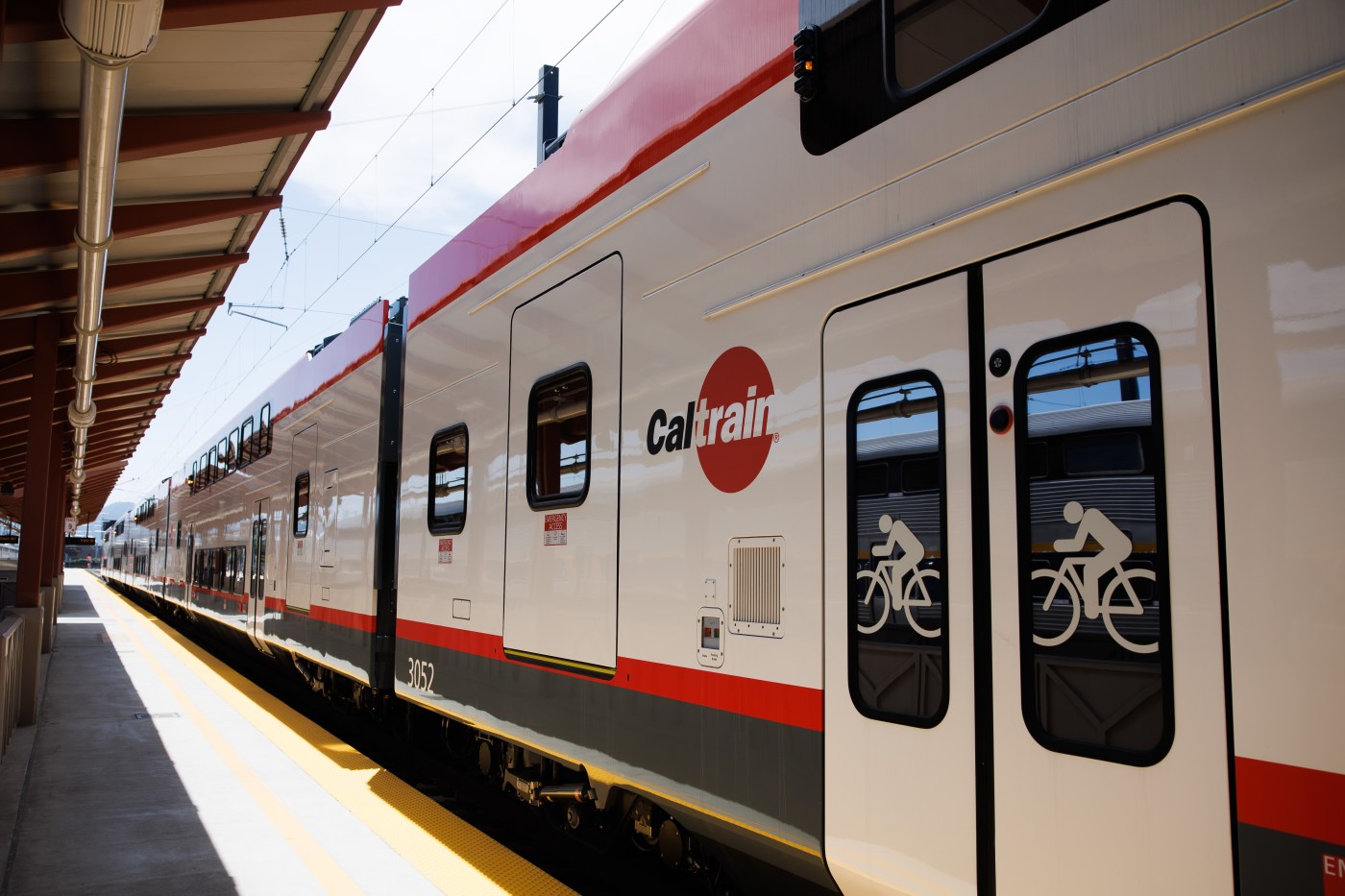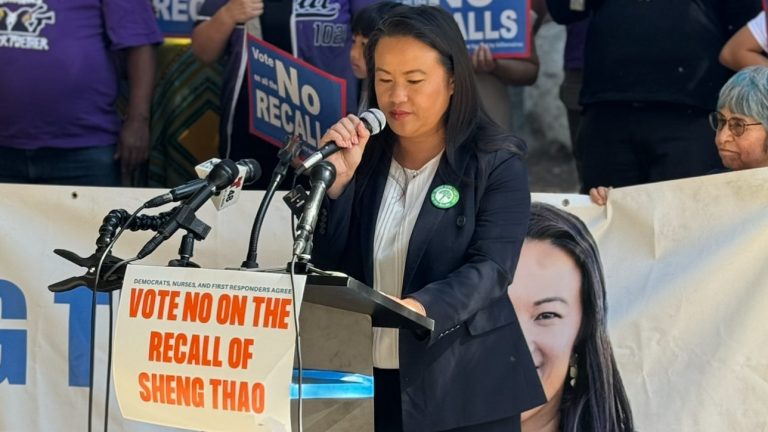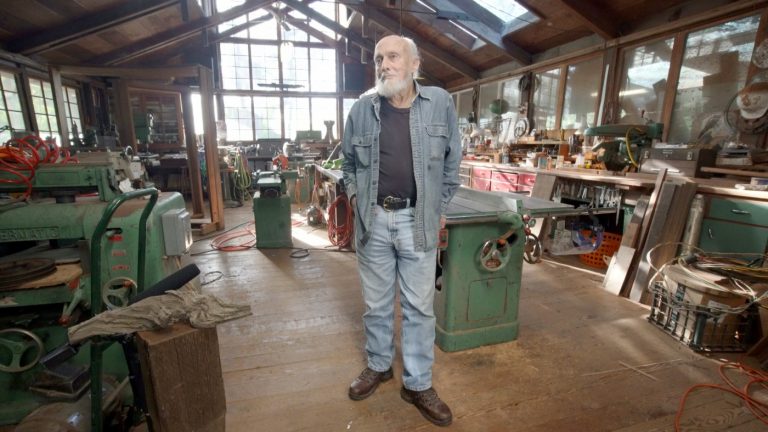For state Sen. Aisha Wahab, the 27 agencies that oversee public transportation in the Bay Area are too many cooks in the transit kitchen.
Related Articles
300-plus apartments could sprout near San Jose BART station site
Now you get free coffee when you take the San Francisco Bay Ferry
The hottest things to do in Emeryville in 2024, using a free shuttle bus
VTA bus catches on fire, temporarily interrupts service in East San Jose
BART plans to make ‘minor’ schedule changes Jan. 15
The state legislator, who represents parts of Santa Clara and Alameda counties, introduced Senate Bill 926 last week, which asks the California State Transportation Agency to create a plan to consolidate transit agencies in the nine-county Bay Area. The legislation was first introduced as a “gut-and-amend bill,” which modifies an already approved piece of legislation, in early January, but Wahab pulled it to give agencies more time to weigh in before the end-of-the-month deadline.
The idea of consolidating transit agencies in an effort to create more seamless services for riders isn’t a new one. As recently as last year, several members of BART’s board of directors floated the idea, and in 2021, Caltrain’s leadership considered a merger with BART. But none of the previously proposed plans have come to fruition.
Wahab said she wants to “force the conversation” now — especially in light of Gov. Gavin Newsom signing off last year on a $5.1 billion transit bailout for a struggling sector. She said the current model is inequitable, and that many agencies aren’t addressing gaps in the system.
“When we have a vision for what public transit looks like in the Bay Area, we have to look more from a regional scale as well as a more localized scale,” she said. “It has to be two parts, and how can we connect more properly, efficiently, faster with technology, with safety in mind, with climate challenges in mind, and much more.”
Sebastian Petty, the transportation policy manager for the urban think tank SPUR, said one of the challenges of how the Bay Area’s transit system is set up is that many people’s lives and transportation needs don’t conform to the jurisdictional boundaries of each agency.
“They might have to make a transfer that often times may not have been well thought through or coordinated,” he said. “They may have to pay multiple times in a way that’s financially penalizing to go across multiple systems. They may have to navigate a confusing array of schedule information and wayfinding. Those kinds of challenges can be particularly deterring for new riders to the system.”
While some transit advocates have praised Wahab’s bill, other’s aren’t so keen on the idea. In a Jan. 8 letter to Senate Transportation Committee Chair Lena Gonzalez, California Transit Association Executive Director Michael Pimentel said the bill would “encroach” on the work of an already established task force.
Pimentel wrote that the proposed merger “predetermines a policy outcome for one of the most transit-rich regions of the state without adequate consideration to its implications on the region’s state and local funding, its governance, its transit riders and workers and its ongoing work to create a more seamless network through the establishment of a regional network manager.”
Some transit agencies have pushed back on the bill, as well.
In a statement, a spokesperson for the Santa Clara Valley Transportation Authority said agency staff would be recommending the board of directors oppose the legislation, and that Wahab’s office had not contacted them before proposing the bill.
“Safe, affordable transit service is a challenge that will not be solved by some potential consolidation,” the statement said. “It would replace local decision-making regarding service planning, scheduling and fare structure with centralized planning far removed from local concerns.”
A spokesperson for Caltrain said the board had yet to take a position on the bill and a representative for BART did not respond to a request for comment.
Wahab said she’s open to changes to the bill — including to different methods of consolidation, like merging all the bus systems together.
When asked about the opposition, the state legislator did not mince words.
“The fact that they are against creating a plan before it even starts clearly shows where they are on consolidation and efficiency models to begin with,” she said. “Anybody who is opposed to a study and plan being created is the problem.”













+ There are no comments
Add yours